From vermin to icon: New Zealand’s long and fascinating relationship with eels
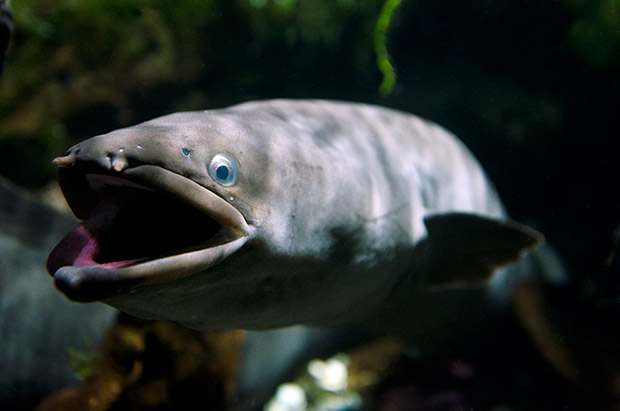
A New Zealand longfin eel (Anguilla dieffenbachii) emerging from the shadows.
Eels have had a tumultuous history in Aotearoa, from being a prized food source to being declared “public vermin’. Today, these slithery creatures are a source of immense pride.
Words: Extract from Secrets of the Sea by Robert Vennell
Three species of freshwater eel are found in New Zealand. The longfin eel (Anguilla dieffenbachii) lives only in New Zealand, the shortfin eel (A. australis) is native across the Pacific, and the spotted eel (A. reinhardtii) is a mostly tropical species that occasionally visits northern New Zealand.
THE HEAD OF TUNAROA
Eels were considered such a significant food source that they were often seen as distinct from other fish and regarded as a separate category of food. Large eels were kept as pets or regarded as taniwha – powerful deities that protected the river and made sure everyone followed the proper fishing protocols.
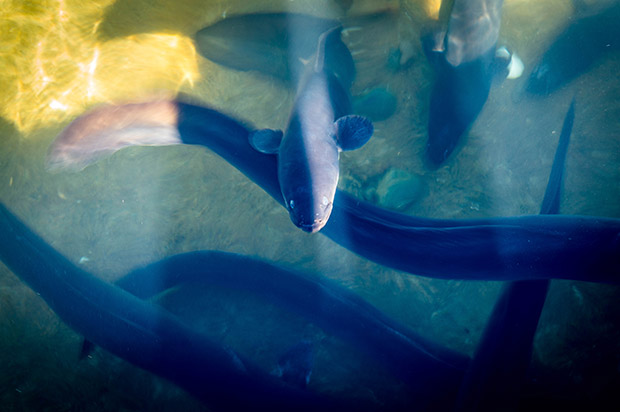
Eels were thought to have a divine origin, emerging from the head of the eel god Tunaroa. When Tunaroa attacked Māui’s wife Hina, Māui sought revenge. He dug a trench and lured Tunaroa into the shallow waters, before hacking him to pieces with an adze. The tail of Tunaroa was thrown in the ocean and became the sea-going conger eels, his nostril hairs became the supplejack vines of the forest, and his head fell in the river and gave rise to the freshwater eels.
A FOOD FOR TRAVELLERS
Pākehā soon recognised the value of eels, and learned from Māori the best ways to catch them. They were especially useful for early European travellers as they ventured into remote parts of the country. Nathaniel Chalmers, one of the first Europeans to explore Central Otago, was amazed that his Māori guides could supply the whole travelling party with as many eels as they could eat, using nothing more than wooden spears and hooked sticks.
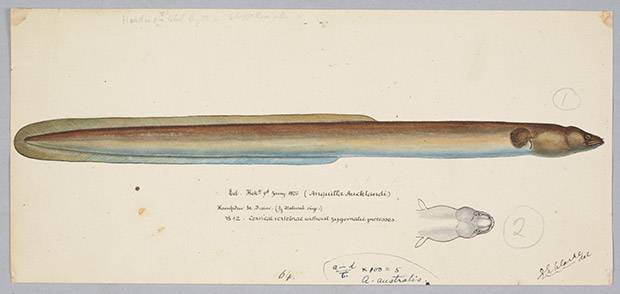
Illustration of a longfin eel by Frank Edward Clarke, 1875. (Te Papa, 1992-0035-2278/17)
Another early adventurer, Thomas Brunner, would eat eels for three meals a day; whenever Brunner and his Māori guides ran low on food, they would simply stop at a nearby river to collect more.
EEL DESTRUCTION
At the end of the nineteenth century, however, the Pākehā relationship with eels completely changed as they came into contact with the most beloved of all European fish, trout. An incredible national effort had gone into stocking New Zealand rivers with trout, but it was soon discovered that baby trout were being eaten by eels. Many people were suddenly overcome by a feverish desire to exterminate these predators.
With the support of government agencies, the nation’s acclimatisation societies declared that eels were ‘public vermin’ and launched eel destruction campaigns in the 1930s to remove them for good. The societies hosted public eel dissections, displaying to horrified audiences eel stomachs full of trout. Farmers and fishermen around the country were encouraged to kill as many eels as possible and were given eel traps and paid cash bounties for every eel killed. Acclimatisation societies published accounts of the most effective methods for killing eels.
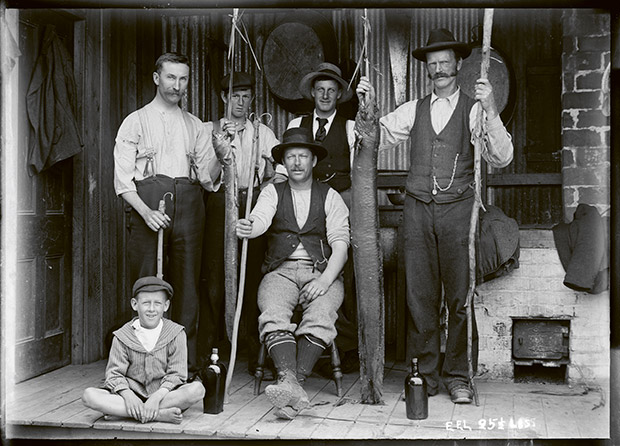
An eeling party with their catch, c1910. (Alexander Turbull Library, 1/2-028987-G)
This fever for eel destruction eventually faded, once it was realised that eels actually benefitted trout populations. In areas where eels had been wiped out, the rivers quickly became overpopulated with small, undernourished trout that were no good for fishing. But just as eel destruction began to wrap up in the 1960s, a huge overseas market for eel meat was established, and the commercial eel fishery exploded. For a time, eel was the second-most valuable fish export in the country, behind crayfish.
With so much money to be made, there were few limits or controls placed on the harvest. Eels of all size classes were taken, especially the enormous, slow-moving adults. However, these large eels could be over a century old and spawned only once, at the very end of their lives. The eel fishery is now under stricter management, but unfortunately, these repeated sustained attacks on the eel population and the removal and destruction of their habitat have taken their toll, and our endemic longfin eel is now in serious decline
A NEW APPRECIATION
Today the mood has once again shifted towards eels, and they have gone from being seen as a public menace to taking up a greater role in our national psyche. Many people who grew up in rural areas have fond memories of having a ‘pet’ eel in a river that they fed their scraps to. Some of these eels have even become local icons, such as Doris, a large longfin eel in the Avon River in Christchurch. Doris was so beloved that residents successfully campaigned for Christchurch City Council to establish an eel-fishing ban to protect her.
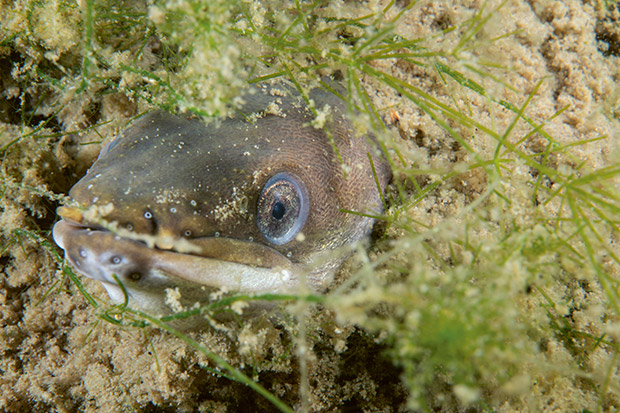
Despite their reputation, eels can be quite alluring and charismatic creatures. (SeacologyNZ)
New Zealand longfin eels have attracted international attention for their immense size, and have been featured on TV shows such as Monster Fish and River Monsters. They remain an important taonga species for Māori, sculptures and artworks of eels have become common around the country, and encounters with eels have become tourist attractions, allowing people to feed giant eels with scraps of meat.
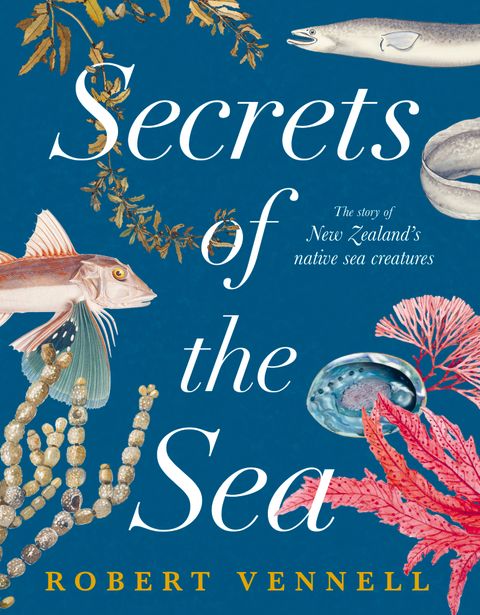
Extract from Secrets of the Sea: The Story of New Zealand’s Native Sea Creatures by Robert Vennell. HarperCollins NZ, RRP $55, available 5 October 2022.

